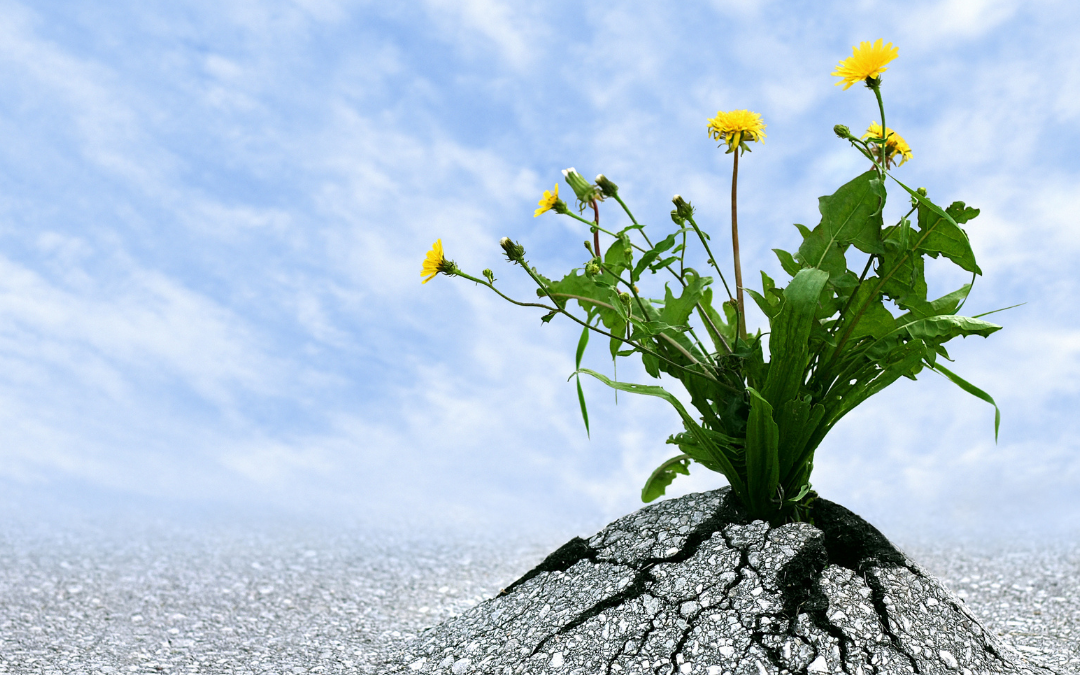Numerous studies point to various commitments we could make to lighten the load of anxiety, depression, and stress. More importantly, adherence to higher values has proven to bring about more happiness, greater optimism, and more fulfillment in life.
Based upon my reading of the research and my personal experience of the impact of these choices, I am suggesting three daily commitments toward higher values that will predictably help you to flourish in the year ahead. These are also my personal commitments that are a part of my vision for 2021. Thus, I not only endorse these, but I intend to live these more fully in the year ahead.
The Daily Three
1) Forgiveness of Everything and Everyone My Mind Wants To Judge
Repeated studies, as well as common sense, argues that forgiveness is freedom. Holding on to anger, hatred, judgment, and worry are all prisons of the mind’s creation. To free ourselves of that, we have the option of letting go of our judgments of others.
There is no mandate to do this, of course. The daily intention to forgive others allows us to cease bringing the past into our present lives. Whether yesterday, last week or decades ago, the ‘holding on’ to our judgments about past events leaves us in bondage to that past.
To casually say, ‘Oh, just let it go,’ is relatively worthless. We all know that.
However, to be deeply committed to the path of forgiveness is to choose a way of freedom. Please revisit the discussion from last week to consider the options for bringing this to life.
2) Expand Gratitude With Repeatable Practices
While many practices can help us flourish, few are as powerful as gratitude. Study after study points to significant positive benefits that flow from the regular practice of gratitude. Again, many will read this and casually suggest, “Oh, I know that already.”
But in reality, unless we practice gratitude consistently, we don’t know it. It is the consistent experience of gratitude that brings the change.
Having the experience of gratitude is incompatible with the mind’s tendency to resist, judge, and worry. We cannot hold two ‘ psychological states’ simultaneously, and thus the more we experience gratitude, the more we find ease and happiness.
The Flourishing Project at Harvard has found several simple ways to bring gratitude into our lives in ways that change how we perceive our lives. One of the most workable strategies is to set aside ten minutes a week to write down five things in life that we are grateful for. It is essential to write it down and take a few moments to have the emotional experience of gratitude for those circumstances, events, or people in our lives. Keeping the gratitude notes out to review every day accentuates this practice’s impact.
Another simple practice is to make sure that we express gratitude regularly. Of course, it’s great to begin this practice with those we love. We can expand our gratitude experience by taking every opportunity to express appreciation to those we encounter in daily life. Noticing a great smile, sweet words while checking out, or kindness from customer service on the phone…all present opportunities to share a moment of gratitude.
We can extend this with the practice of savoring these great moments. We can savor a moment just like we can savor a good meal. We can return to think about the moment, consider all the ways the moment serves us, and dig deeper into the emotional sense of enjoyment. This savoring practice helps with happiness and satisfaction in life.
3) Each Day Practice Ten Minutes of Finding Your Home Base
We are always being entertained, informed, and engaged. This is the reality of our digital age, as our lives are not just work and family. But now, every moment is filled with phones, computers, and limitless entertainment options.
Amidst all our brains’ engagement, we have unintentionally created minds that now seek constant entertainment. Silence is abhorred, yet we know that this inner quietness is a key to happiness and contentment.
So what is ‘home base?’ It is a state of mind that feels right to us. It is comforting, quiet, and kind to us. Home base is like home, a place we can return to for solace, peace of mind, and escape from stress.
Yet, this inner home base has to be built, protected, and taken care of just as we take care of our own homes. If we do not nurture familiarity and develop our relationship with this ‘home base’ state of mind, we won’t find it in times of stress or upset. When we want it most, we will be wondering why we can’t calm ourselves down.
The secret is straightforward: Build your home base every day, with ten minutes of intentional breathing and personal silence. Practice using your breath as your focus, and learn about Heart Rate Variability Breathing is a simple way to quiet the body and calm the mind. Ignore thoughts that suggest you should do something else or that this whole idea is silliness. The mind’s job, it seems, is to preserve the habits we have, whether good habits or bad. Thus, we must learn to ignore distracting thoughts and ideas and focus on our breathing and inner silence.
Of course, there is a myriad of other ways to nurture your home base through various meditative and contemplative practices. The method does not matter. Just choose one, and stick with it to come to know the state of calm that you can call your ‘home base.‘ Once there, a home base can be called upon to bring you calm and ease even in the worst of times.
Think of this as a muscle. If you work it regularly, that muscle will be there when you need it. Ignore the muscle for years, and you will find it lacking when you need it most.
“But Dr. Cale, What If My Brain Is Seriously Struggling? I Don’t Seem To Get many benefits from These Practices.”
If you are struggling with depression, anxiety, or ADHD, you may find that these practices are tough to sustain. And they may not bring as much benefit to you. I understand that because there is a reason beyond your direct control. Let me explain.
If we were to map your brain with our QEEG, or quantitative EEG, we would likely find brain shifts that are significant and observable. These are shifts in an underlying way the brain functions, not transitory changes that shift from moment to moment. These are more profound shifts in brain functioning that have unfolded over time. Thus, they require more capable interventions to get the brain out of these painful patterns. It’s like a deep groove, well worn with the repeated firing of neurons, creating an internal habit that is very hard to change.
We observe this on the QEEG, where we see brain wave patterns that are significantly outside the norm. While deeply ingrained for many kids and adults, these brain wave patterns can be shifted with the right technology and self-effort.
Here is where Neurofeedback can be remarkably helpful. Neurofeedback is a method of using biofeedback to shift the brain wave signals. Refinements in this technology over the last ten to fifteen years translate to better results. This means we are more predictably able to change these stubborn, unhealthy brain wave patterns and train them toward healthier patterns. The client experiences ease in life, less depression, better sleep, reduced anxiety, and better focus.
All this is possible when the brain changes…and Neurofeedback can change the brain in these highly predictable ways.
Is it quick? No, nothing of real value generally changes overnight.
However, with a commitment to retraining the brain (just like we might retrain an out-of-shape body), we can usually see significant improvements in two to three months of regular training. Compared to a lifetime of anxiety, depression, or struggles with ADD/ADHD…Neurofeedback is a ‘no-brainer.’ Please reach out if you have questions at 518-606-3805, or go to www.CapitalDistrictNeurofeedback.com to learn more.
Reminder: Why Flourish?
Flourishing is about psychological well-being. It’s not about external goals and pushing toward goal attainment to be happy.
Research confirms that the happier and more grateful you are in life, the more successful and content you become. Thus, happiness does not come from success. It’s the other way around. We become happy and content with life, and then we grow into success with joy already in hand.
These practices help with our internal well-being, which then more efficiently and naturally produces success. Thus, please consider applying the daily three, and notice what 30 days will do to transform your life.






